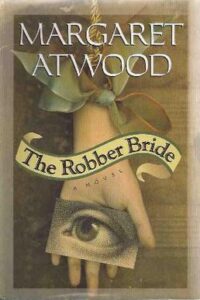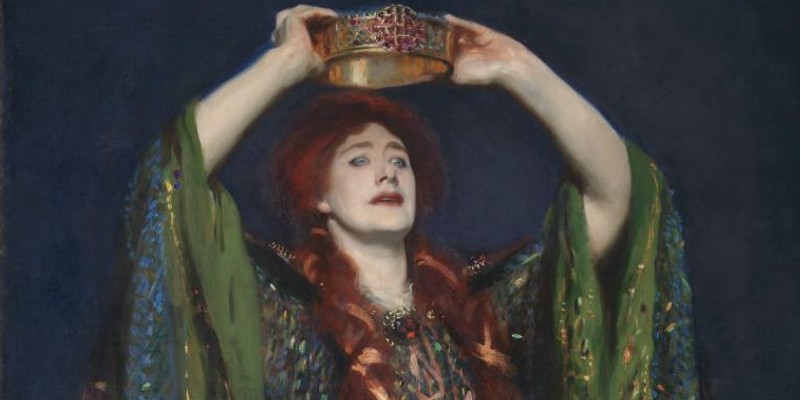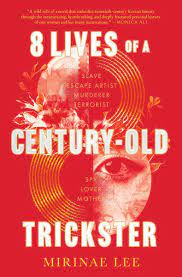About four years ago, when I was sharing a few chapters of my novel-in-progress 8 Lives of a Century-Old Trickster with my creative writing group, I was met with extremely harsh criticism from some of the members, mainly due to my main character, Trickster, they found her too deceitful, too violent, with no redeeming quality in her.
8 Lives of a Century-Old Trickster is inspired by the life of my great-aunt, who was one of the oldest women to escape alone from North Korea. She had lived through the most tragic, dramatic period of modern Korean history. When I decided to write a book about her, however, she wasn’t able to tell me a coherent story of her life in Pyongyang due to her Alzheimer’s disease which was rapidly progressing. Thus, in the end, the novel became a mix of my own wild imagination and my research on relevant historical contexts.
And yet, some of the important characteristics of Trickster came from those of my late great-aunt. She was so far removed from most Korean women of her generation. She was a woman on the move: she had left her husband and children behind in North Korea, for which she was called a bad mother, a bad wife even by her own sibling in South Korea. Depending on your perspective, she was a flamboyant storyteller, or just a big fat liar, whose adventurous anecdotes about her time in China often verged on magical realism. She was also a proud, arrogant woman. Whenever there were people around, she naturally dominated every conversation, and flaunted nonstop her knowledge of history and her mastery of three different languages. She was so unapologetic, so audacious in her own quiet way that at times she even came across as emotionless. Never in my life have I met a halmoni, grandmother, quite like her.

Zenia from The Robber Bride by Margaret Atwood
Margaret Atwood, in her 1994 interview with Charlie Rose, says that a long, long time ago there were fascinating villainesses in literature, such as Lady Macbeth and Becky Sharp, the designing, clever, and manipulative adventurers who make their way by their wits. She claims, however, around the Second World War they all disappeared; the spirit of the era required its ideal women to be staunch supporters of their men at war, reliable and ready to build families when the men returned home. According to Atwood, the idea of women as angels on the pedestal, the idea that women are by nature virtuous and nurturing and sedentary, is a deeply flawed 19th-century view on sex, which serves as the antithesis to the idea of men as naughty daredevils on the rove. She compares this glorified view of women to foot-binding, a practice that makes women smaller than life by depriving them of the bad parts.
In The Robber Bride, Margaret Atwood creates a main character out of all the purely bad parts that had been stolen from women for so long. Zenia breaches every moral code expected among women: she constantly deceives her friends with her kaleidoscopic lies; she screws money out of them; she even steals their men. What makes Zenia such a formidable villainess is that she does not subscribe to any form of female solidarity or sisterhood that most women themselves consider inviolable. The only rule she plays by is that there is no rule she can’t breach. In plain truth, Zenia is hard to like. Whether Zenia is likable or not, however, bears no importance to me as a reader; Zenia is not there to be examined as my potential roommate but there to be a trickster to hook me in, to make me keep turning the pages and obsess. Margaret Atwood quotes John Keats who thought that Shakespeare had gotten as much delight out of creating Iago as he did Imogen. Atwood even goes further to claim that he had probably gotten more joy crafting Iago: “Because we all know what play Iago is from, but what play is Imogen [in]?”

Lila (or Elena) from the Neapolitan Quartet by Elena Ferrante
Like Zenia, Lila, the wily protagonist of My Brilliant Friend, is a born charmer at whom men relentlessly throw themselves like moths dashing into the fire. With her cunning intelligence and peculiar beauty, she turns heads and stirs controversy wherever she goes, attracting both fervent admirers and haters. She is unafraid of fighting men’s violence with violence – she carries a sharp shoemaker’s knife to deter the unwanted advances of townsmen – and she openly describes herself as mean with a smile. We as readers observe Lila through the eyes of the narrator Elena, Lila’s closest friend, whose first name, by no coincidence, is the same as that of the author’s pseudonym, Elena Ferrante. Elena comes in second after Lila in many things in life, including academic excellence and men’s attention, and often suffers caught between deep affection and jealousy toward Lila. In the history of world literature, there has been no serial fiction that explores two women’s friendship with such depth, complexity, and extensiveness as the Neapolitan Quartet by Ferrante. But what makes the quartet distinctive isn’t simply just the unconventional character of Lila. In The Story of the Lost Child, the final installment of the series, Elena commits the ultimate crime of a writer: she utilizes for her writing the vulnerable true history of someone very close to her, against the person’s wish. Out of fear that Lila may be working on a masterful book and thus surpass her as a writer, Elena steals the story of Lila’s life and turns it into a novel, betraying her old promise to Lila not to write about her. This metafictional duplicity of Elena seems to tell us that the dark sides or bad parts of female complexity aren’t merely rooted in viragos like Zenia or Lila, but in fact lurk in all of us.

Amy Dunne from Gone Girl by Gillian Flynn
In various interviews Gillian Flynn speaks of the early rejections the manuscript of Gone Girl received from editors who claimed that the readers of novels, mostly female, only want to read about female protagonists that are likeable, that they aspire to be. Amy Dunne isn’t indeed a lady most women wish to become. A mind-fucker of the first degree, Amy commits a murder and trap men with her elaborate lies with no sign of remorse. Growing up under the shadow of Amazing Amy, the perfected and fictionalized version of young Amy created by her parents, Amy Dunne has mastered how to separate her dark sides from her impeccable public persona. What makes Gone Girl stand out as an era-defining literary thriller is its audacity not to succumb to the pressure of moral values or marketability expected within society and industry. Unlike more conventional domestic-thriller hits, such as The Girl on the Train and Big Little Lies, in which the male villain meets his demise while conflicting female characters come to form cathartic solidarity at the end, Gone Girl does not offer a feel-good resolution. In Gone Girl, Amy Dunne, the heroine as well as the main villain of the story, gets to win and have the final say. Gillian Flynn admits that she has received a great deal of criticism on this unusual authorial choice. Certain readers are angered because they believe Flynn’s murderous and unrepenting heroine is a shame to womanhood. In defense of my violent, impenitent heroine Trickster from 8 Lives of a Century-Old Trickster, I quoted Flynn’s response to her critics: the notion that women are inherently good and nurturing is itself deeply sexist and limiting toward women.
***
Featured image: John Singer Sargent’s Ellen Terry as Lady Macbeth, 1889.


















